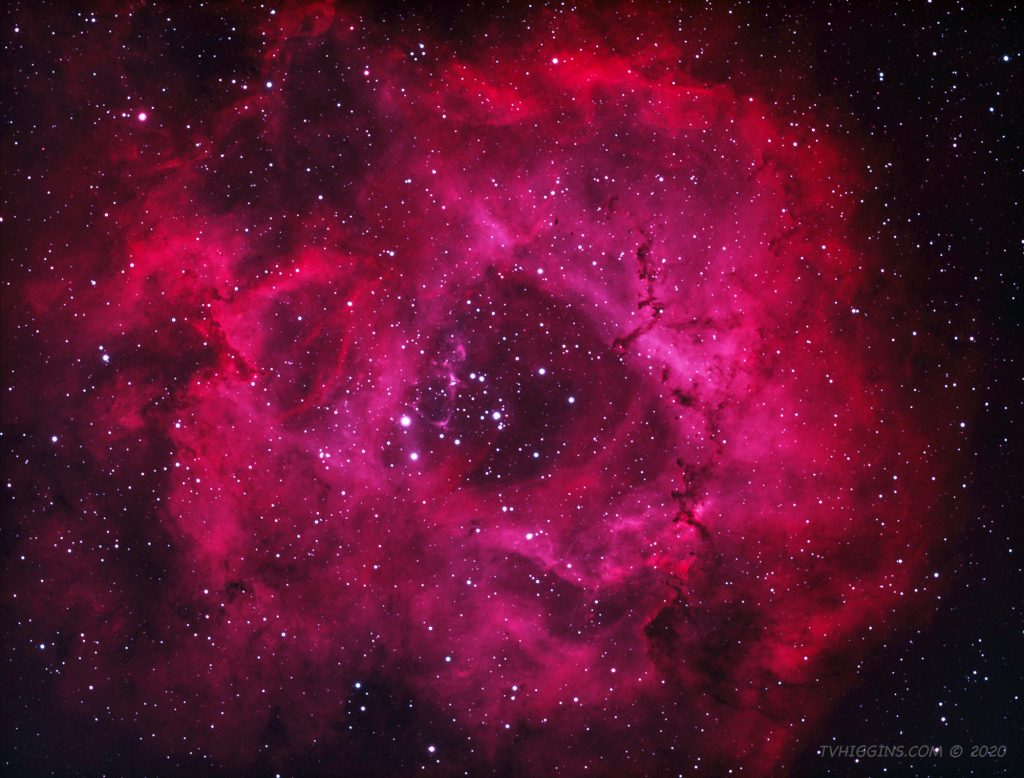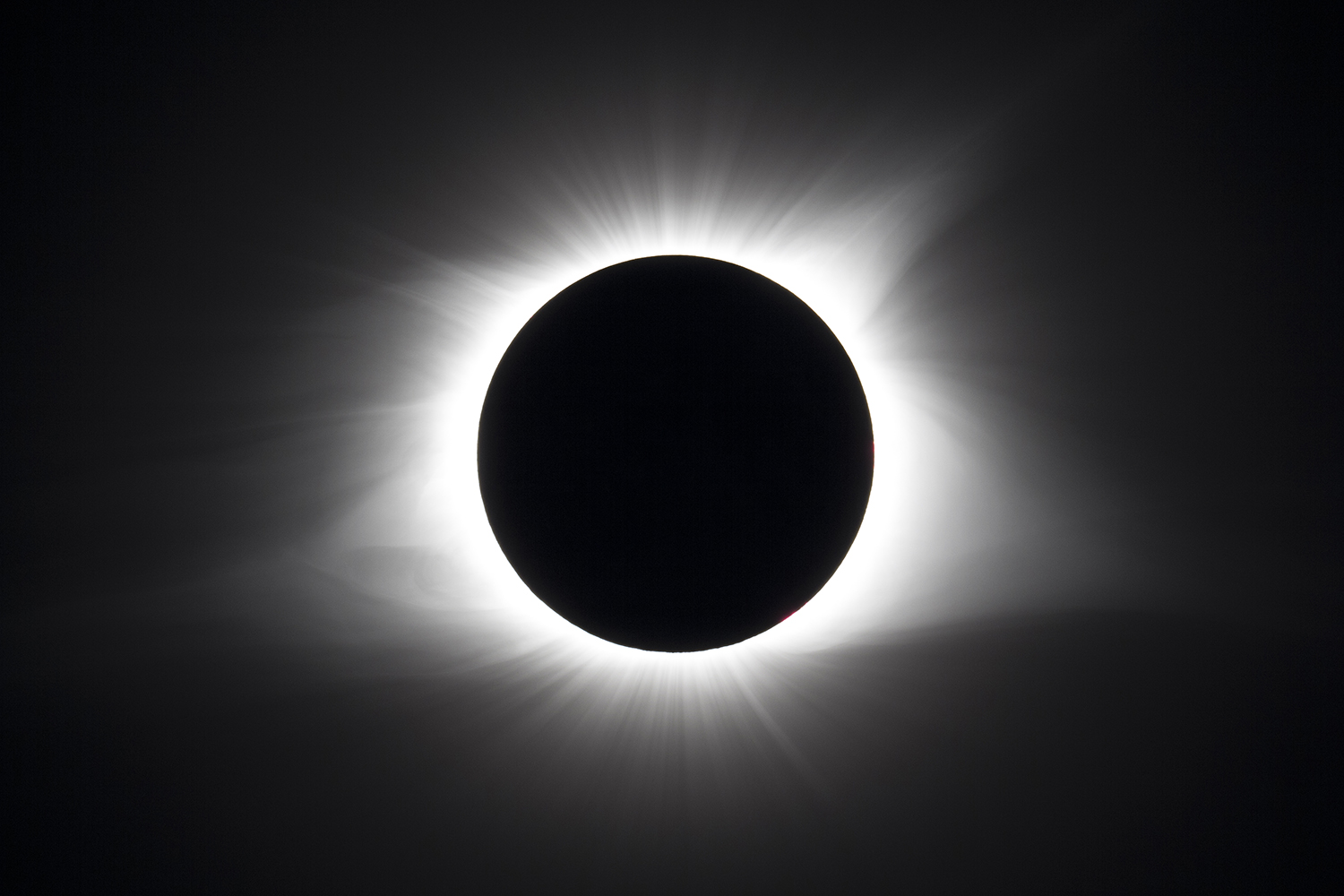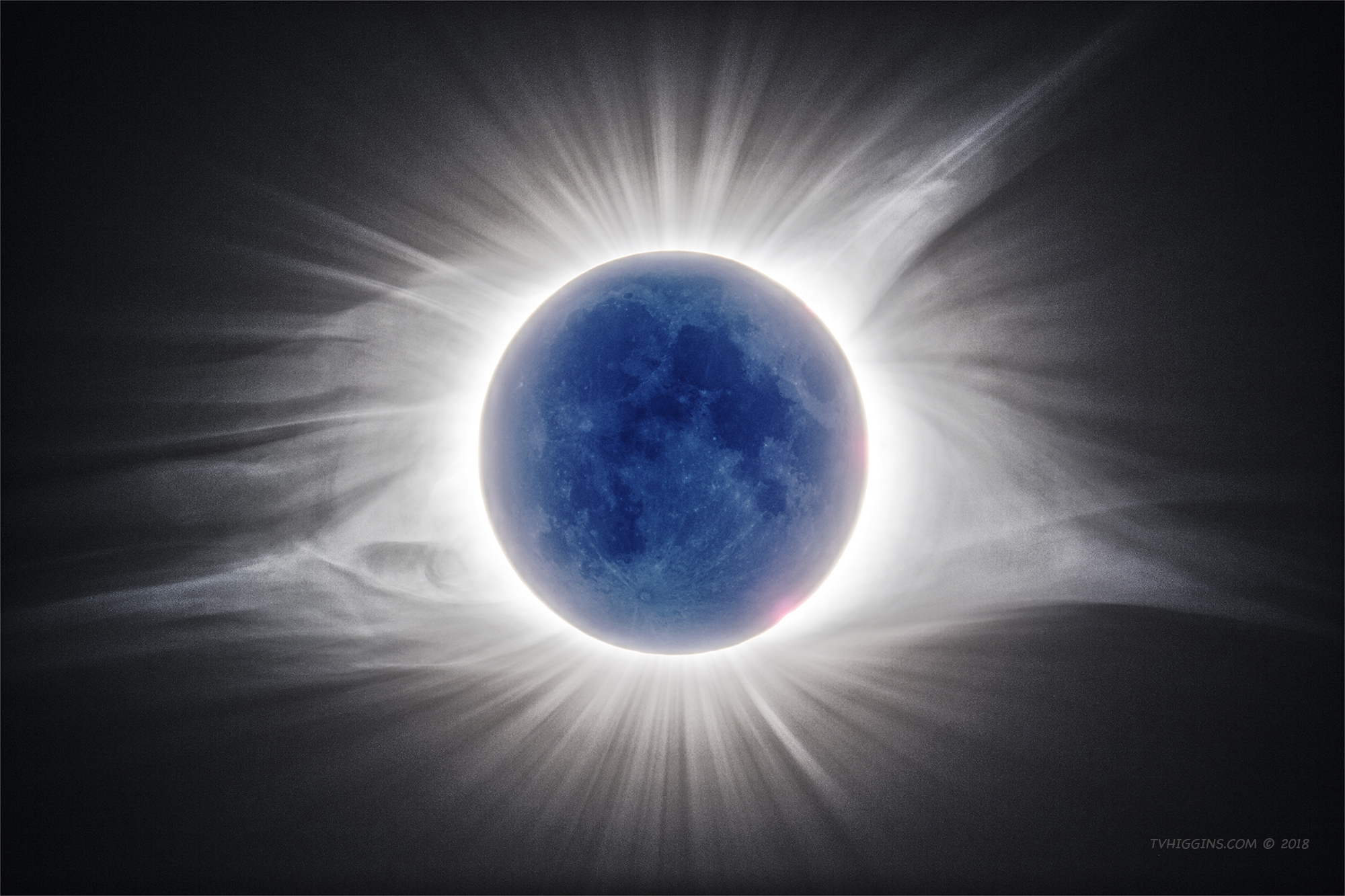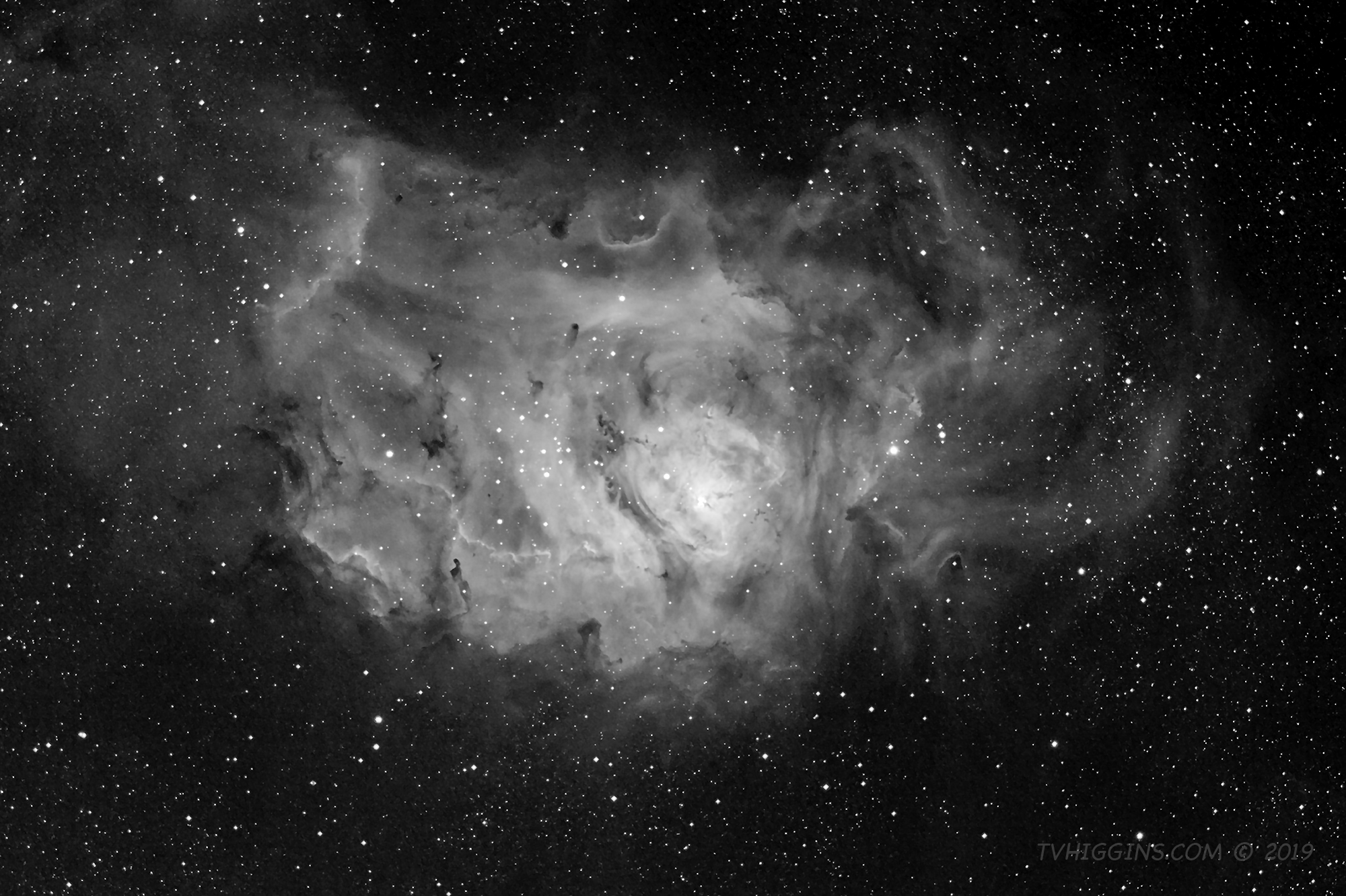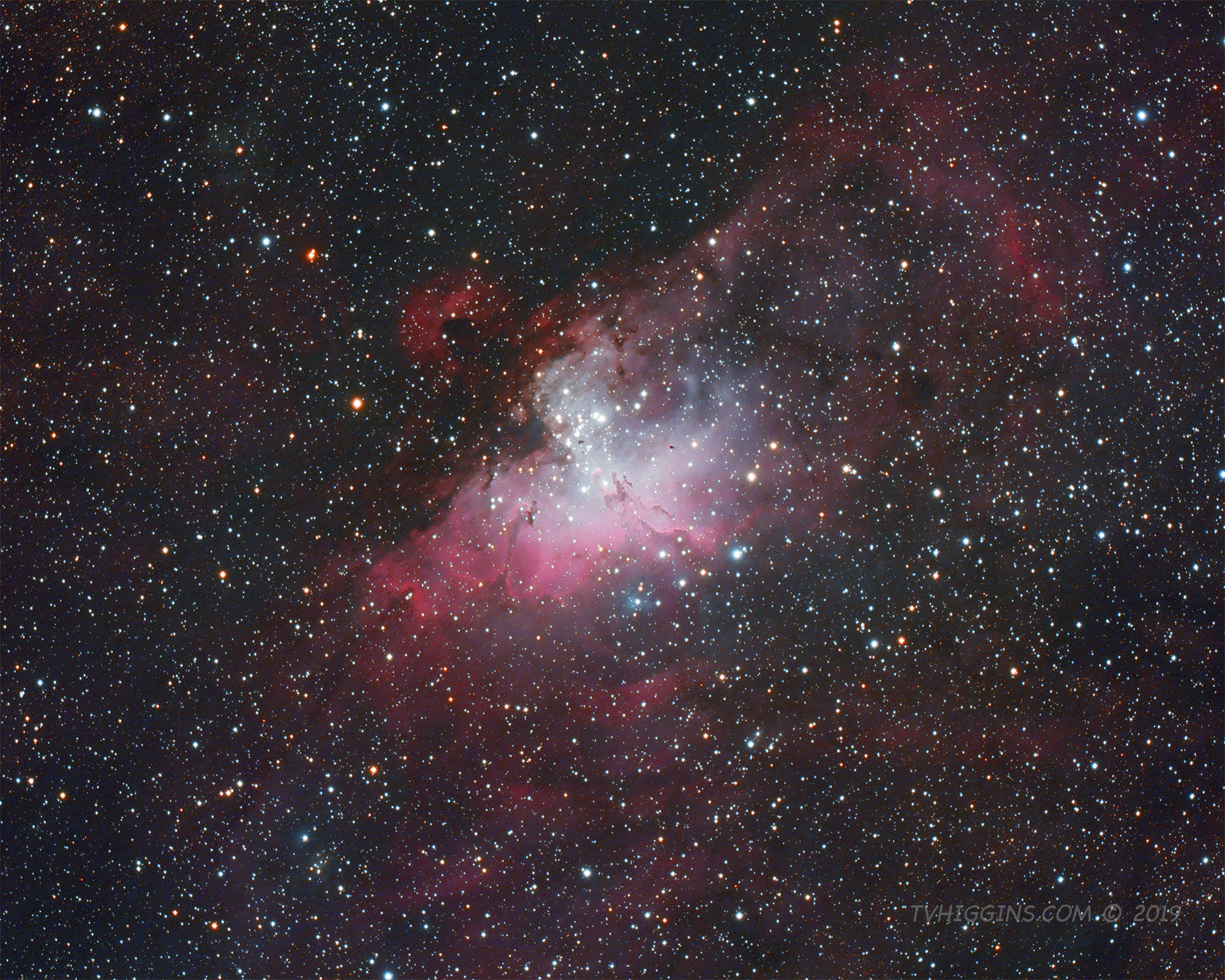The Rosette Nebula
- Telescope: Stellarvue SVA130T-IS
- Mount: Losmandy G-11 with Gemini 2 controller
- Autoguiding: Yes
- Optical Configuration: 0.72x field flattener & reducer (f/5)
- Filter(s): H-alpha narrowband (Baader 7-nm); O-III narrowband (Baader 8.5-nm)
- Camera: ZWO ASI1600-MM Cool
- Light Frames: 70, 2-min. O-III subs; 50, 2-min. H-alpha subs
- Calibration Frames: 50 darks, 100 biases, 30 flats per filter
- Total Exposure Time: 240 min. [(70 + 50) x 2 min.]
- Gain: 75
- Sensor Temperature: -10° C
- Pre-Processing: PixInsight, DeepSkyStacker
- Color Mapping: Luminance Channel = 80% H-alpha; Red Channel = 100% H-alpha; Green Channel = 40% O-III; Blue Channel = 40% O-III
- Processing: Photoshop CC
- Imaging Location: Los Angeles, Calif.
The Rosette Nebula represents one of the finest specimens of a stellar nursery and also makes a perfect deep-sky object to photograph with my newly upgraded imaging system. The new system is now fully automated using Sequence Generator Pro software and includes a Peltier-cooled ZWO ASI1600-MM camera, filter wheel, and auto-focuser. A new computer running Windows 10 helps coordinate the command and control of all hardware. The mount and optics remain the same.
This photo of the Rosette is the product of twelve nights of imaging through H-alpha and O-III narrowband filters under less-than-ideal weather conditions from the light-polluted suburbs of Los Angeles. It is a color-mapped image in which the H-alpha data is mapped to the red and luminance channels and the O-III data is mapped to the green and blue channels. The resulting colors are technically “false,” yet they still create a realistic simulation of natural hues.
The nebula itself consists of a gigantic ball of gas and dust about 130 lightyears wide and 5,000 lightyears from Earth. Intense ultraviolet radiation emitted from a cluster of supergiant stars near its center causes the gas to glow at different colors. The predominant red color comes from the H-alpha emission of hydrogen gas. Winds created by superheated plasma escaping from the supergiant stars have carved out a huge bubble 50 lightyears wide at the nebula’s center. Dark rivers, islands, and clouds of light-absorbing dust also can be seen throughout the nebula.
This vast cosmic accumulation of dust and gas in the constellation Monoceros provides the ideal environment for the formation of new stars and offers an outstanding example of the breathtaking beauty of our universe.
